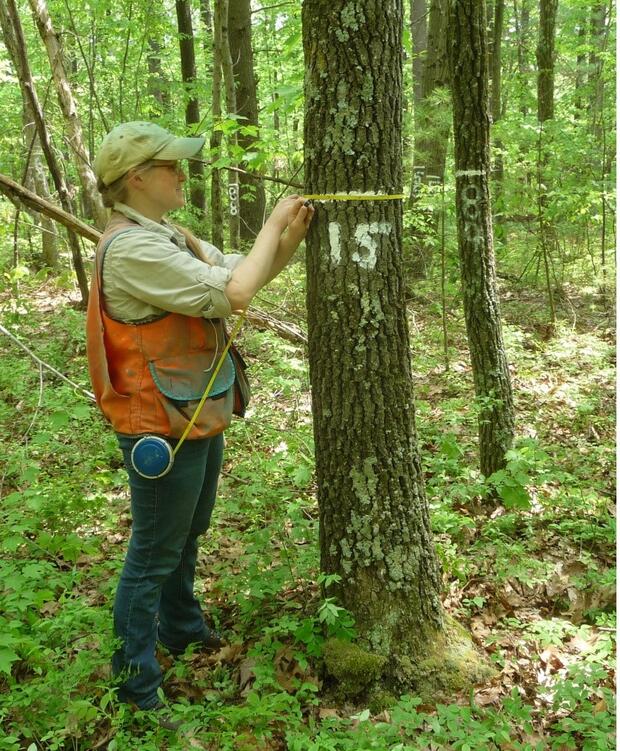As the entity that manages the largest area of forest land on behalf of the Commonwealth, the Bureau of Forestry has a responsibility to engage in sound, science-backed and data-driven management; and to lead by example. Monitoring the effects of tactical forest management activities and decisions like timber harvesting, fuels management, and habitat manipulation is important for a variety of reasons. It can help to assess whether harvest objectives were met, and can inform whether additional interventions are needed to achieve desired outcomes. Monitoring at both the tactical level (localized, individual management activity like a stand exam prior to a timber harvest) and strategic level (CFI and estimates at a property, regional, or statewide level) are integral to the implementation of adaptive management of the forest resource.
To ensure full transparency of forestry efforts within state forests, forest management planning documents will evaluate the results of forest management efforts through monitoring or “stand examination” within approximately five years of management activity.
